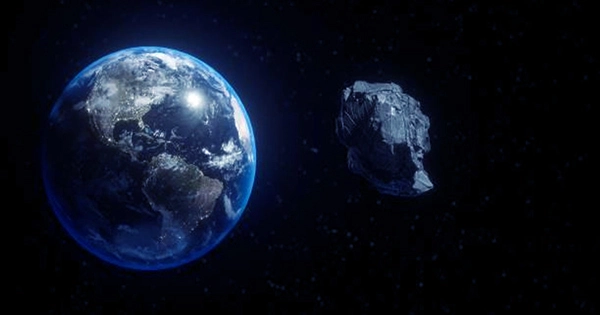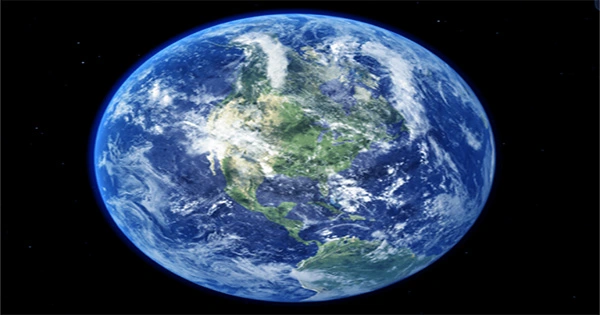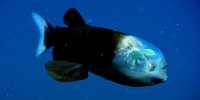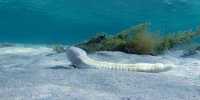According to recent research, if variety is the spice of life, our planet may have been spicy at a fairly young age. Scientists conclude that cosmopolitan colonies of bacteria existed about 300 million years after Earth originated after analyzing tiny filaments in an ancient sample of seafloor sediment, and that similar primordial ecosystems could sprout as quickly on other planets. Researchers examined a small fragment of granite from the Nuvvuagittuq Supracrustal Belt (NSB) in Québec, Canada, that is estimated to be between 3.75 and 4.28 billion years old, and published their findings in Science Advances.
The scientists generated a biological frenzy in 2017 when they suggested that bacteria were responsible for the minute structures found within this lump of jasper, pushing back the birth of life on Earth by at least 300 million years. The oldest reported fossils had previously been dated to 3.46 billion years ago, however some experts question the reality of these ancient squiggles, claiming that they could have been created by non-biological processes. Similarly, the NSB structures have elicited suspicion, encouraging researchers to dig further into these primordial features.

The team split the granite into 100 micron-thick slices and produced computerized 3D reconstructions of the imprints contained within their material to conduct their new analysis. They were able to find structures that were larger and more complicated than those found in their earlier investigation as a result of this. They found tree-like trunks with parallel branches, as well as a huge number of ellipsoids, which are warped spheres. While chemical or geological processes can yield comparable patterns, the authors add that these non-biological arrangements “had a smaller range of diameters… and a more orderly distribution” than the NSB sample.
They discover significant parallels between the NSB structures and those formed by modern bacteria dwelling in undersea hydrothermal vents, such as those near the Loihi submarine volcano off the coast of Hawaii or the Jan Mayen Island volcano in the Arctic Ocean. In addition, the mineralized chemical by-products found in the rock are similar to those created by other microorganisms, such as those that metabolize iron, sulfur, and carbon dioxide. “Our work strongly suggests a lot of different forms of bacteria existed on Earth between 3.75 and 4.28 billion years ago using several different lines of evidence,” study author Dr Dominic Papineau said in a statement.
“This implies that life could have started as soon as 300 million years after the Earth was formed. This is fast in geological standards — roughly one rotation of the Sun around the galaxy.” The structures appear to be better maintained in sections of finer quartz – which has been subjected to less high heat and pressure – than coarser quartz, which has been subjected to more intense force, according to the researchers. This means that the observed shapes are unlikely to have been generated by geological processes such as metamorphism, and are more likely the result of ancient life forms.
“This result implies that life evolved to an organized level on a primordial habitable planet in only a few hundred million years,” the study’s authors conclude. Papineau maintains that this has ramifications for everyday life “These findings have consequences for the possibility of life on other planets.” “If life emerges very quickly under ideal conditions, this enhances the likelihood that life exists on other planets.”













